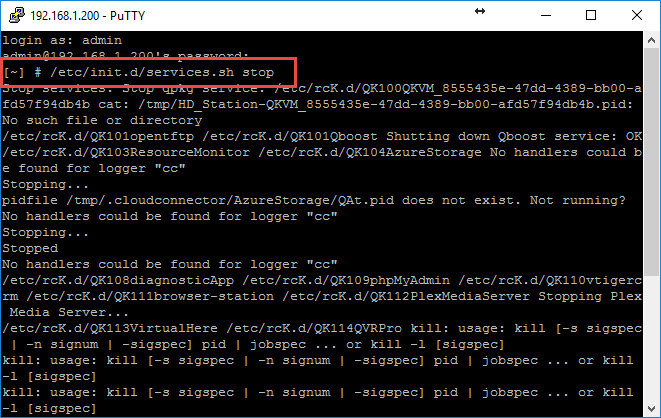

What happens if you remove a hard drive without ejecting? Alternatively, you can use the shortcut key command CMD+E. Select your hard drive on your desktop, go to File in the Finder menu, then click Eject. On your desktop, right-click the icon of your hard drive and select Eject (disk name). Detach the filesystem from the filesystem hierarchy now, and cleanup all references to the filesystem as soon as it is not busy anymore. -f – Force unmount (in case of an unreachable NFS system).You can use umount -f -l /mnt/myfolder, and that will fix the problem. Disconnect the disk from your computer, then start up your computer again. If you still can’t eject the disk, choose Apple menu > Shut Down.On your Mac, choose Apple menu > Log Out, then log in again.Can’t eject hard drive because a program is using it Mac? When a user selects “eject” to evacuate an optical disc from the computer, the operating system unmounts the medium. (1) To disconnect a disk drive or optical disc from a computer. “Failure to safely eject the drive may potentially damage the data due to processes happening in the system background that are unseen to the user.” What does unmounting disk mean?Ī.

The biggest problem would be if you were to corrupt the USB drive itself-the file system metadata could be ruined, meaning the drive wouldn’t know where things are stored.

This will definetely unmount the entire disk and all its related volume.



 0 kommentar(er)
0 kommentar(er)
